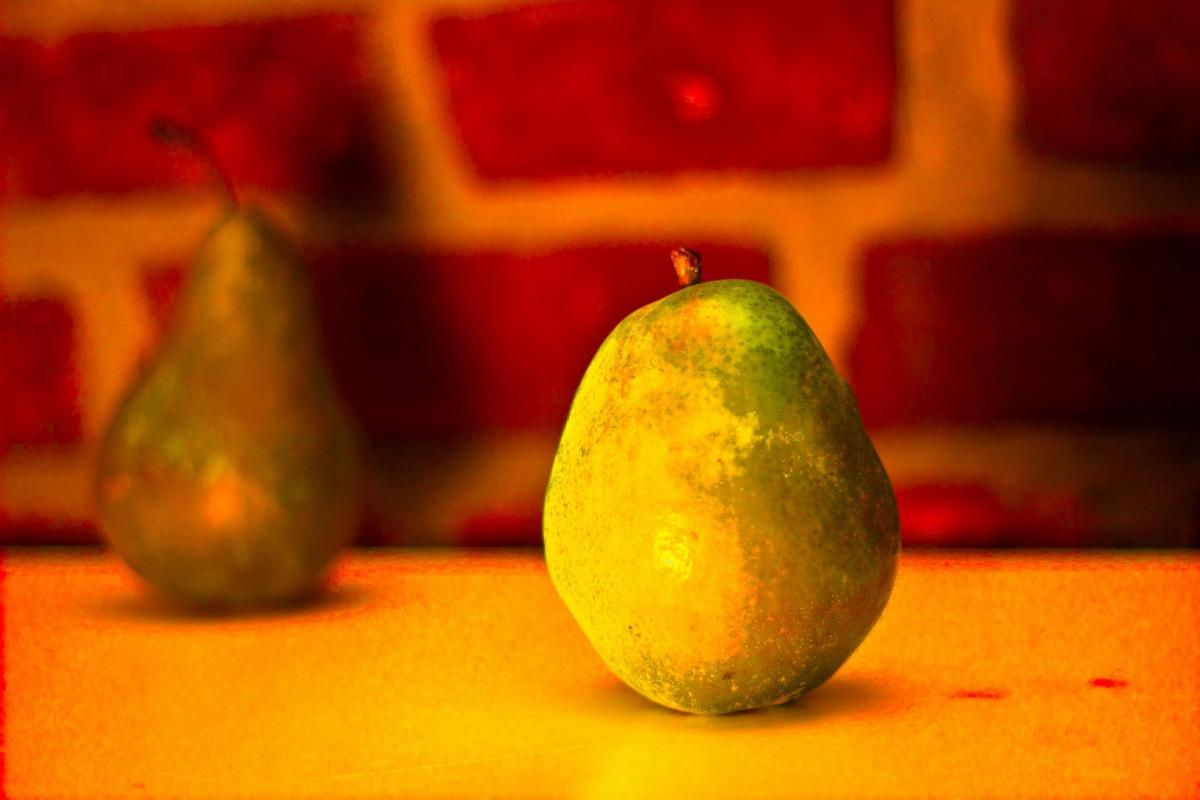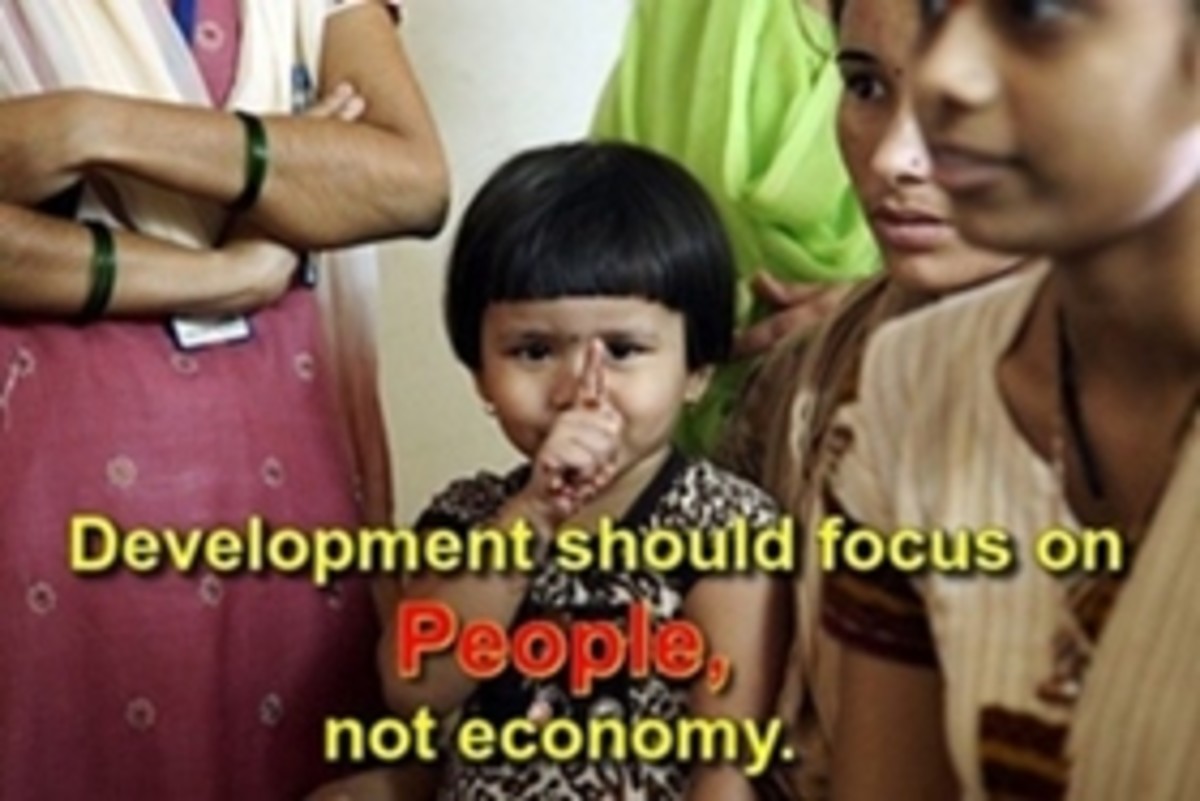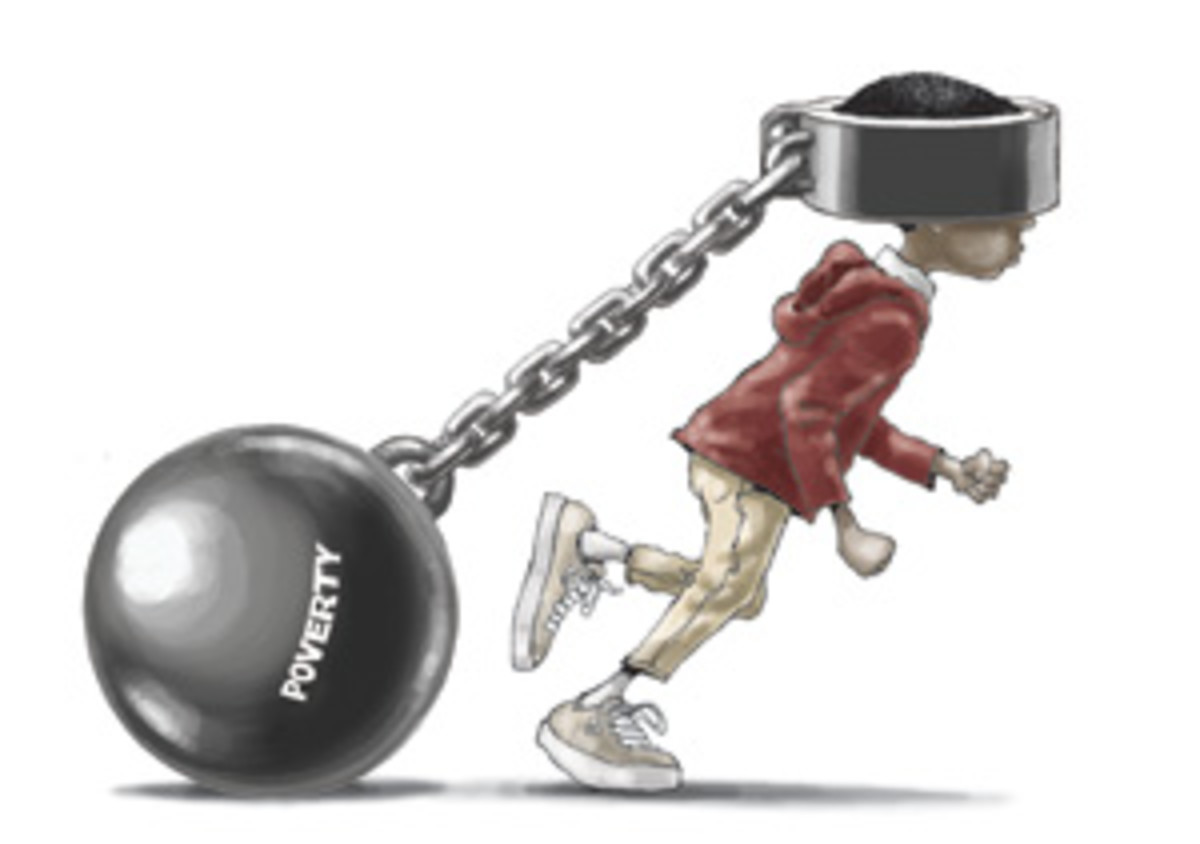Feeding the world in 2050 Part 1

Challenges facing the world for agricultural technologies are at three levels- strategic, supply chain and operational production. The strategic challenges are big and diverse. The operational challenges require a high level of flexibility and capacity to meet diversified demand.
These solutions will need to be integrated to ensure effective supply of foods to meet demand and cost base realities. The economics of food supply are often highly variable according to situational and other factors. Food technology will need to be highly efficient, extremely productive and sustainable in terms of its ability to source materials.
Viable food supply is inseparable from productivity, both at the agricultural level and at processing and distribution levels. The idea of this solution is to create a clear picture of demand issues and supply realities in these areas. Food technologies which streamline productivity and improve supply capabilities and costs across the board are required.
Important- Agricultural technologies must reflect and respond to the needs of the wider food supply chain. This solution includes relevant food supply chain issues to enhance the view of agricultural technological issues.
The big issue for agricultural technologies- Cost and profitability
The most critically important issue to be addressed is the cost of agricultural technologies and related infrastructure. Any working solutions to the issues raised by these challenges must show strong commercial potentials and act as incentives to adopt new technologies and methods. Viability of solutions needs to be clearly oriented to positive cost benefits.
Strategic challenges to agricultural technology
Productivity and capacity- Situational overview
Production capacity is the driving strategic challenge for agriculture. It will define global food supply issues in 2050 and failure to meet production requirements may cause serious global problems. The ability to produce volumes of food is currently under stress. This stress will increase through a combination of increased demand and increased cost of production. Food technologies will need to achieve new efficiencies across a wide spectrum of operations at all levels to meet demands and hold down costs.
Production capacity to meet projected demands in 2050 cannot be achieved by existing food technologies. The old technologies were never designed to deal with either the range of products on the market or the up to 25% increase in demand volumes projected for 2050. These old technologies are now reaching expiry date and must be replaced with high volume, diversified production capabilities.
Cost of this far more complex and much higher overall level of production will involve significant capital outlays which will require careful management. To ensure cost viability, the level of production will also need to show very high values in terms of ROI for manufacturers and producers. Agricultural and related food industry technologies will need to provide clear cost benefits at all stages from production to the shelves.
Cost benefits will also have to be obvious to consumers to maintain sale values. The biggest challenge is to ensure effective translation of better technology into a budget-viable range of food purchasing options for consumers. The risk here is that foods could price themselves into an “either/or” purchasing scenario for consumers if prices get beyond a threshold level. High priced food could be an own goal for food production.
Strategic food supply challenges fundamentals
Water supply
In all areas of food and agricultural technology, water supply is critical. Water is used in all areas of food processing and pre-commercial stages production. Current studies indicate serious issues related to water supplies around the world. Agricultural technologies will have to become a lot more efficient in use of water and be able to ensure sufficient capacity through good economics at all stages of production.
Water is already so important to food technology that it can actually blow prices sky high in droughts. Shrinking supply sources will equate to a “permanent drought”. Future food production must have all aspects of water supply fully sustainable at all levels of production and processing. The cost factors in water supply will become exponentially higher to producers unless these issues are brought under control. Water management systems, irrigation, and basic water supply operations will cost a lot more under any scenario which involves continuation of existing methods of sourcing and using water.
Food production uses a fantastic amount of water at all levels, and those costs can become astronomical very easily. It is possible using existing technology to achieve much higher levels of productivity and actually reduce water usage by up to 60%, but future requirements will require massive retooling of production and increased costs for deployment.
The cost realities of water supply issues have to be clearly mapped within a tested, integrated system starting with agricultural water usage and incorporating food processing to see the effects of increased demand. Cost savings must be incorporated to keep product prices down and commercially viable. New water technologies are quite efficient and can do the job and achieve even higher values for water usage, but again the issue of system implementation will require significant alterations to food production methods.
Natural and existing water supplies as they’re now used will not be able to keep up with projected demand, even in theory. New technologies, notably storm water harvesting, creation of strategic water reserves, recycling and much more efficient water usage at all levels of agriculture are the only way to ensure adequate supplies. Agricultural water technology will underpin the entire food supply chain.
Protein supply
Demand for protein is increasing and sources of protein are under various threats. A crash in protein supply is actually possible. Over-fishing, primitive beef, sheep and pork production and what could be called a “quaint” faith in traditional protein production technologies which simply won’t work in 2050. Even canned protein foods will be affected by inevitable production cost rises and shrinking, unreliable supply issues probably well before the target date.
The challenge for food technology is to improve agricultural production capabilities and simultaneously keep costs under control. This is a major problem, and it’s well on its way to becoming a serious viability issue for food production at all levels.
Agricultural technologies will need to address these factors:
·Volumes of protein- Protein is a dietary staple and whether animal or vegetable protein is involved, demand will increase. Technologies able to deliver the volumes required are therefore essential.
·Dietary quality of protein foods- To be real food, protein types must deliver food values. This is an unavoidable challenge. The food on the market must be acceptable, in whatever form it takes.
·Sustainability of supplies- Agricultural technologies will need to ensure a viable, cost-friendly source base of foods. Whether this involves restocking the oceans or sky farming (high rise indoor growing) complexes on farmland, technologies currently exist which can be developed into large scale creation of food resources.
·Value adding- The quality of food dictates its appeal to consumers. Protein foods are the major meal foods. The big commercial issue here is ensuring food technologies can put good, economically viable protein products on the shelves.
Vegetable and grains foods supply
Vegetable foods are also at risk from soil degradation, seasonal and climate effects. While current production, at optimum levels, is adequate or even at a level of oversupply in the West, the global market is creating demands through altered distribution patterns. The fact is that as the distribution changes, the effects of increased demand are becoming felt more rapidly, and in some cases creating shortages. Drastically more efficient agricultural production technology is the only way of managing these situations and ensuring adequate food supplies.
The challenges are grim enough:
Monoculture grain production is vulnerable to both market and production issues at multiple levels. Any significant decline in grain food production impacts markets and economies severely, driving up prices and reducing the amount spent on other foods and elsewhere in the economy. Agricultural technologies will need to be developed to ensure high volume production of quality foods year-round. Existing seasonal production can’t meet projected demands for 2050, period. Food production at these higher volumes also can’t operate effectively on a stop/start basis as in the past.
The ability to produce crops is being affected by new technologies in various ways. Increased production comes with a few challenges of its own. While in theory this increased production is an improvement, “novel” food chemistry can and does provide some challenges to food processing and can also put demands on growers for special growing nutrients. High volumes of complex foodstuffs, particularly if they’re “enhanced” foods, can be expected to involve use of additional agricultural and food production technologies at all levels.
Vegetable production also provides a lot of the raw materials for other foods, particularly canned and packaged processed foods. That fact presents a further, unavoidable challenge- Matching increased demand for foods against the steadily increasing demand for vegetable products for other industrial uses. Agricultural technologies will need to meet both demands, while improving handling capacities and processing efficiencies.
High volume processing issues and production
Although existing food production is generally very efficient and has strong dynamics, the existing production paradigm can’t last. The basic physical realities of multiple new food supply issues combined with an extremely diversified market of product types at higher volumes and massively increased demand will be a huge burden on food production at all levels.
The only real option is to rethink the agricultural and downstream food production processes from top to bottom. The strategic issues will dictate the realities of food supply and production. Food technologies must address each issue in turn and manage costs and times in process, to ensure good, viable production at good cost base values. Each stage of production needs to create efficiencies that improve the bottom line position for each product type and process type.
The default production line process is a type of streaming, using stages of production. Typically, a production line can run multiple products with minimal interruption and loss of values. At higher volumes of production, particularly with diversified product types, a degree of complexity which overloads normal production streaming is inevitable.
Food technologies will also need to work with improved product streaming to increase efficiencies. It is possible to create “production subroutines” which can enhance productivity and improve efficiencies, but the new technologies will have to be super-efficient to do so, and again, capital outlays and retooling will be big issues for both farmers and processing operations.





